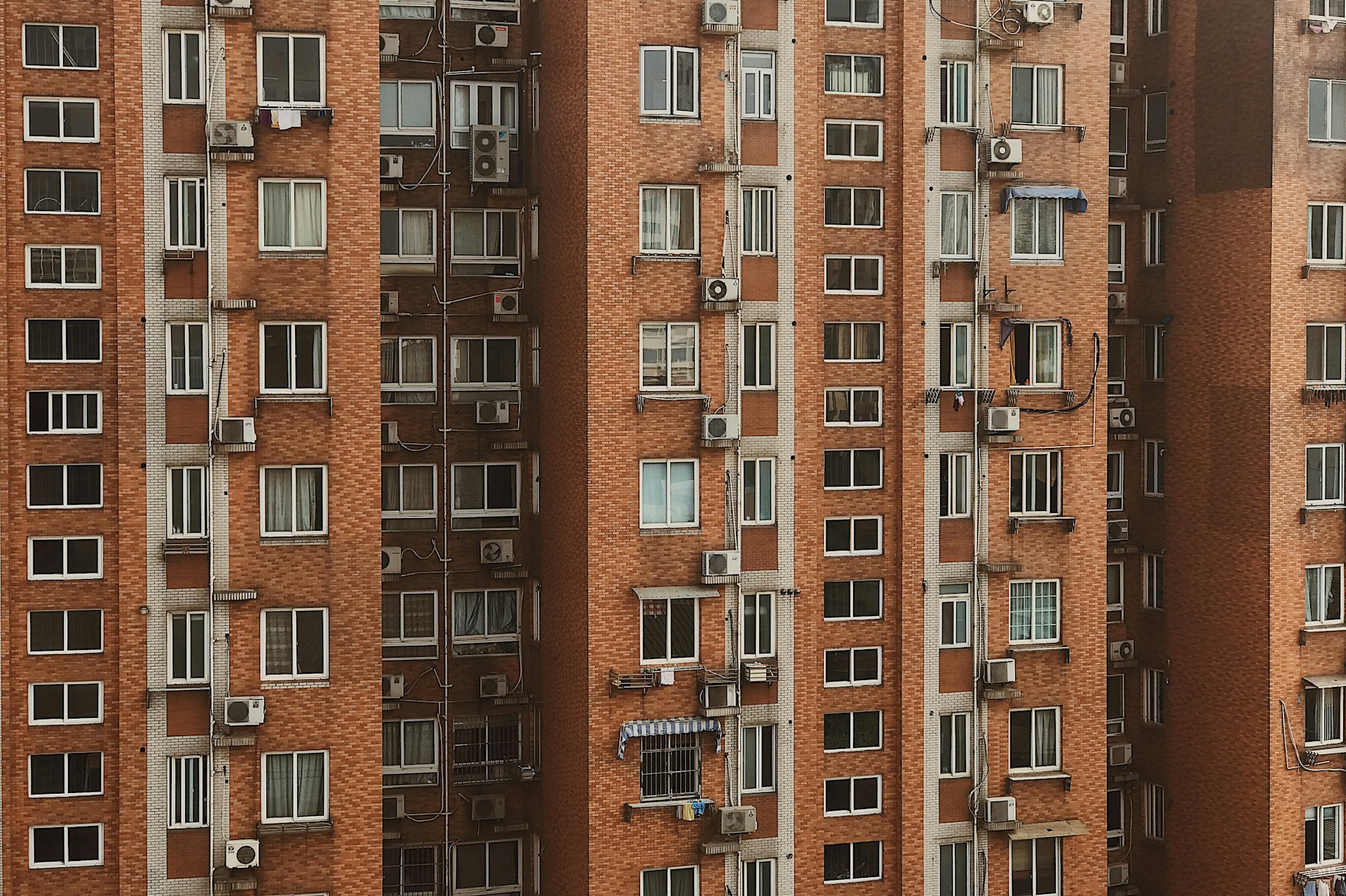Shanghai’s latest adjustment is not simply an easing for households. It is a policy signal about where municipal leaders expect demand to be rebuilt and how they intend to do it without reigniting speculative excess in the urban core. The city will lift restrictions on the number of homes eligible families can buy outside the outer ring road, and it will classify single adults as families for eligibility, with the measures effective August 26. The statement frames the move as support for “livable housing,” yet the mechanics are more revealing: Shanghai is steering incremental demand toward the suburban belt while keeping tighter control inside the ring where price expectations are stickier.
Beijing set the tone earlier in August, removing caps on the number of suburban purchases outside the Fifth Ring for households that meet residency or contribution requirements. That change broadened access to preferential mortgage treatment and made the ring-based geography explicit as a demand lever. Shanghai is now following that template, which suggests a coordinated attempt by leading cities to channel improvement-driven demand to periphery districts where land supply and delivery pipelines are more flexible.
Pricing conditions help explain the timing. National benchmark lending rates were left unchanged in August, with the one-year LPR at 3.0 percent and the five-year LPR at 3.5 percent. The central bank has opted for targeted measures over broad monetary easing, even as growth data runs soft. That stance restrains a city-level desire to cut across the board, yet it leaves room for local governments and lenders to compress mortgage spreads within the national guardrails. The result is a patchwork of city-specific tweaks that keep aggregate financing stable while trying to thaw property transactions where they matter most for employment and local fiscal balance sheets.
There is evidence that first-tier cities are already pushing effective mortgage rates toward the lower end of allowable bands. In Beijing, quoted first-home mortgage rates have drifted around 3.05 percent following recent LPR adjustments, with selective reduction for second-home borrowing tiers. The signal is clear even if the magnitude varies by district: banks are tightening the spread between first and second-home pricing to reduce the penalty on “upgrade” demand. Municipal policy changes that free up who can buy, and where, amplify that effect at the suburb-ring interface.
For Shanghai specifically, the current step follows a 2024 round of easing that cut down-payment ratios and lowered minimum mortgage rates, a necessary precursor to the present shift in eligibility and geography. That earlier package established baseline affordability conditions. Today’s move reallocates access, which is often more powerful for volumes than another marginal rate cut. In other words, pricing primed the pump in 2024. Eligibility and locational flexibility are meant to pull the water through in 2025.
Historically, China’s housing policy cycles oscillate between suppressing speculation and stabilizing construction activity. The post-2021 deleveraging exposed a funding model that relied too heavily on presales and land-finance reflexes. Cities like Shanghai have had to rebuild demand with surgical tools, since blanket stimulus risks re-inflating core districts while doing little for delivery pipelines in the periphery. This is why the ring-road framing matters. It channels buyers toward areas with space to build and room to standardize pricing without destabilizing headline indices inside the city center. The municipal move mirrors Beijing’s approach and implicitly asks lenders to match the geography with credit availability, rather than run a city-wide giveaway.
Market response is likely to show up first in viewings and signed options, then in completed transactions as banks operationalize the new rules. Volumes in suburban districts should lift faster than inner-ring areas, and developers with near-ready inventory outside the outer ring can benefit from shorter sales cycles. Lenders may prioritize pipeline borrowers who can clear documentation quickly, since the national rate stance constrains net interest margins and raises the value of velocity. For land auctions, the policy offers a modest positive for plots where transport links and school catchments are already in place. It does not materially change the funding equation for speculative projects in less connected belts.
Institutional allocators will read the move as part of a coordinated metropolitan strategy. The absence of a fresh nationwide rate cut underscores that China is not attempting a credit-led rebound in housing. Instead, cities are expected to work within a stable LPR framework, push down effective mortgage pricing where risk allows, and widen the eligible buyer pool in districts that can absorb supply. That keeps national financial stability intact while allowing local governments to defend construction jobs and household balance sheets.
What it signals is more than municipal housekeeping. First, policy makers are privileging improvement demand over speculative churn. Second, they are using geography to calibrate risk, with ring roads acting as de facto macro-prudential boundaries. Third, the rate channel remains constrained at the national level, so cities will continue to lean on eligibility and locational rules to move the needle. This is a targeted easing cycle, not a turn to broad stimulus. Markets will test whether it is enough to lift completions and stabilize prices in the belts that matter for employment and fiscal flows. Sovereign allocators will not wait for confirmation. They will price in a longer runway for suburban absorption and a slower, more deliberate normalization in core districts.
Shanghai’s recalibration is designed to pull demand to where supply can be delivered, while preserving central-area discipline. It supports liquidity and jobs in the near term without committing to a city-wide credit wave. The posture appears accommodative, yet the signaling remains cautious.







.jpg&w=3840&q=75)






